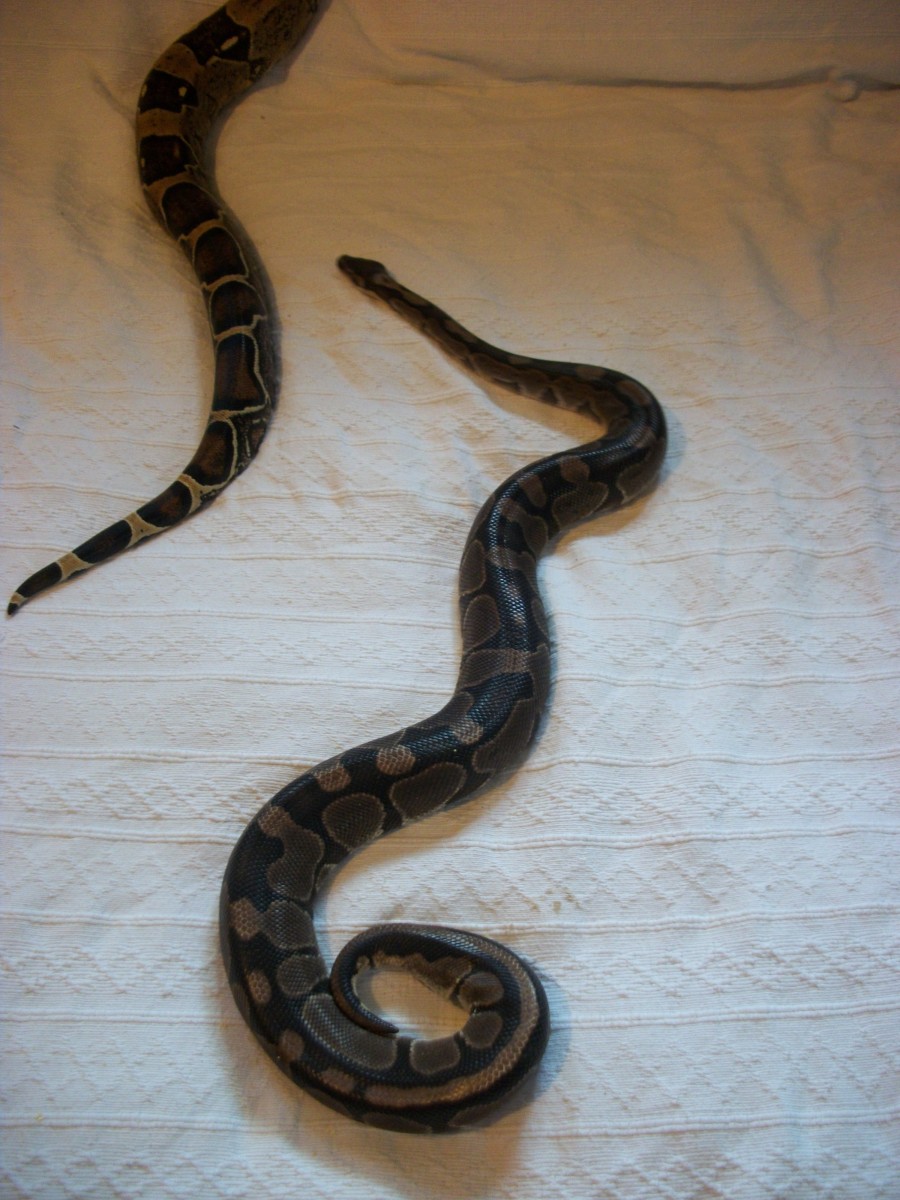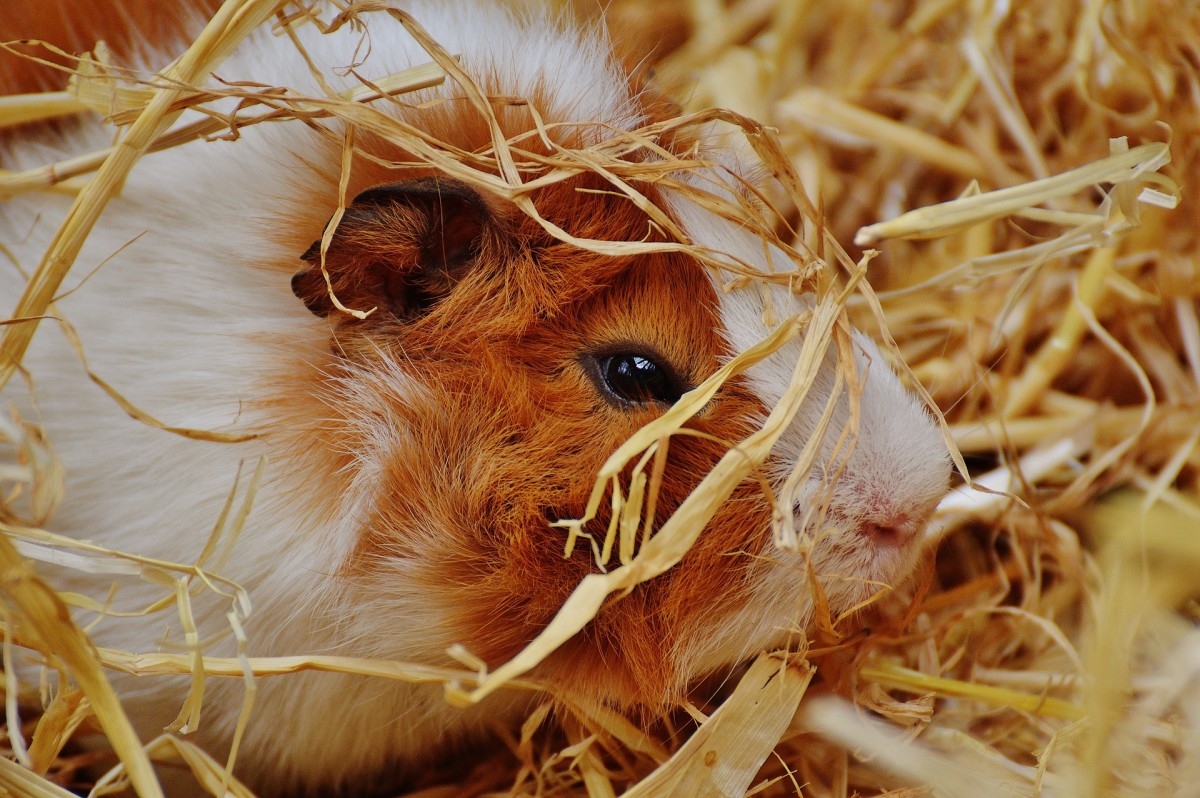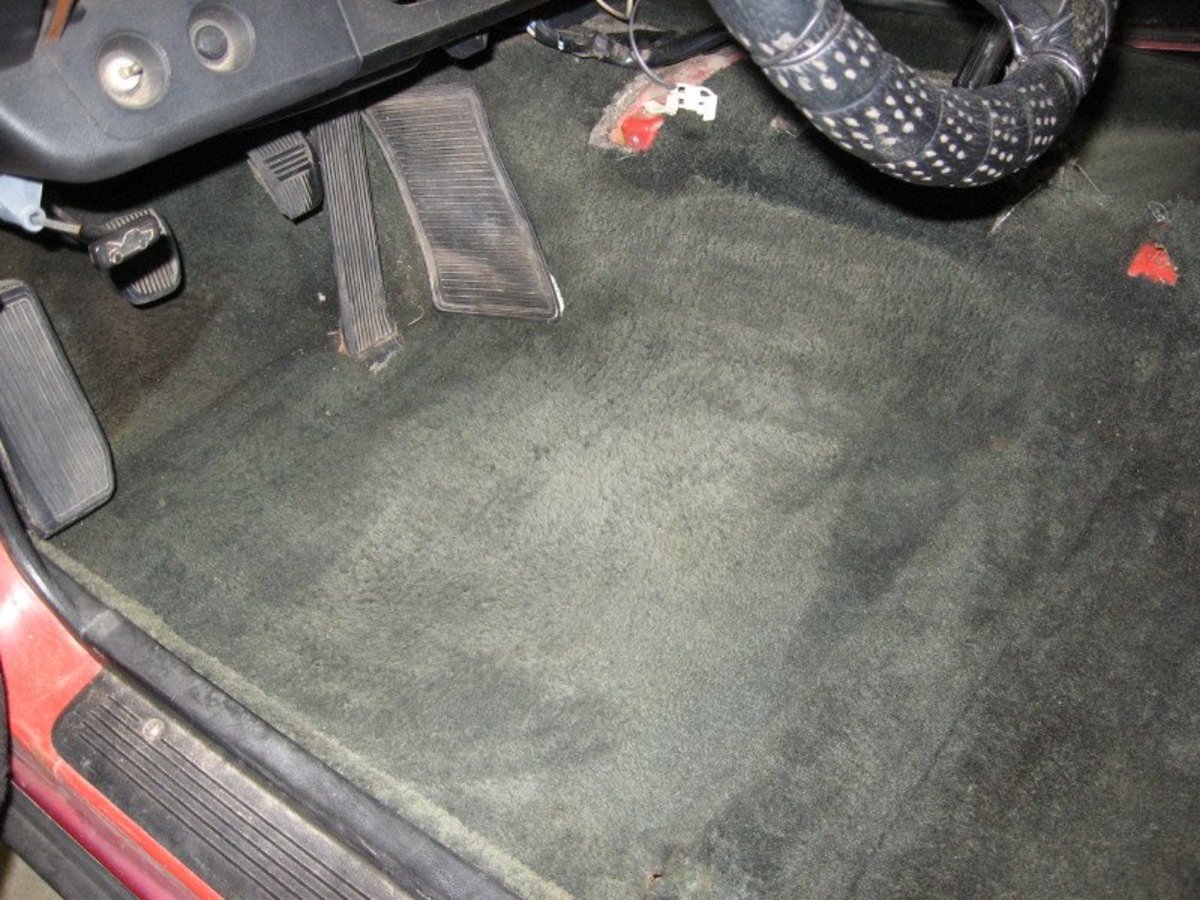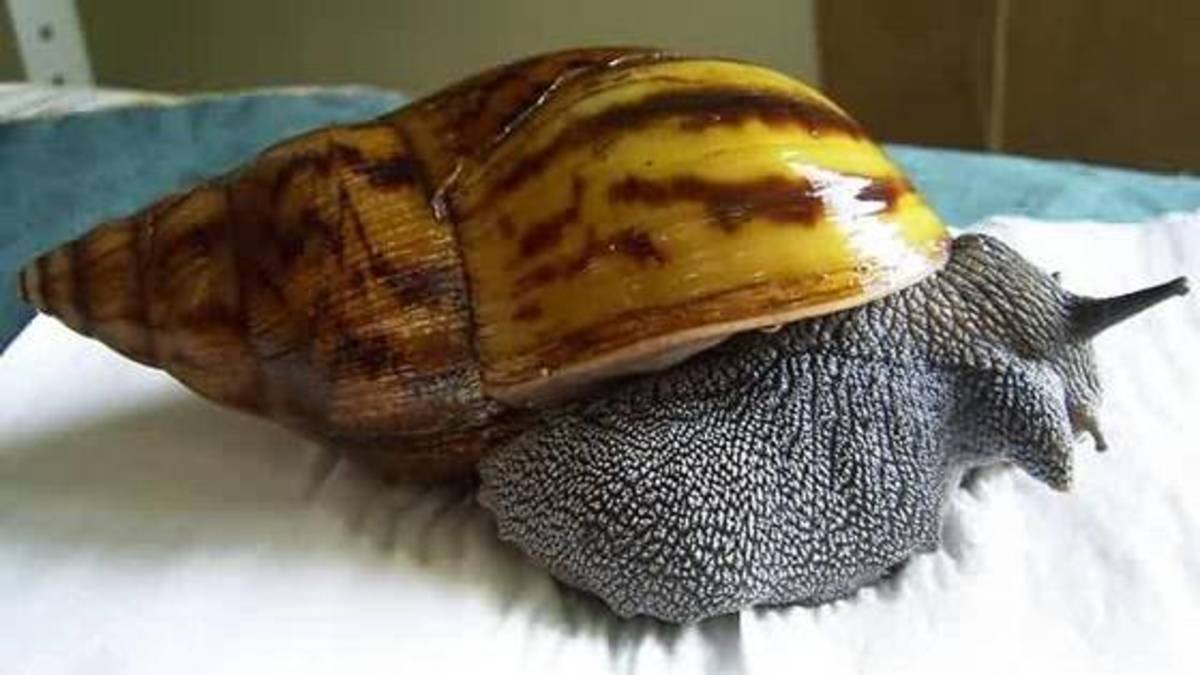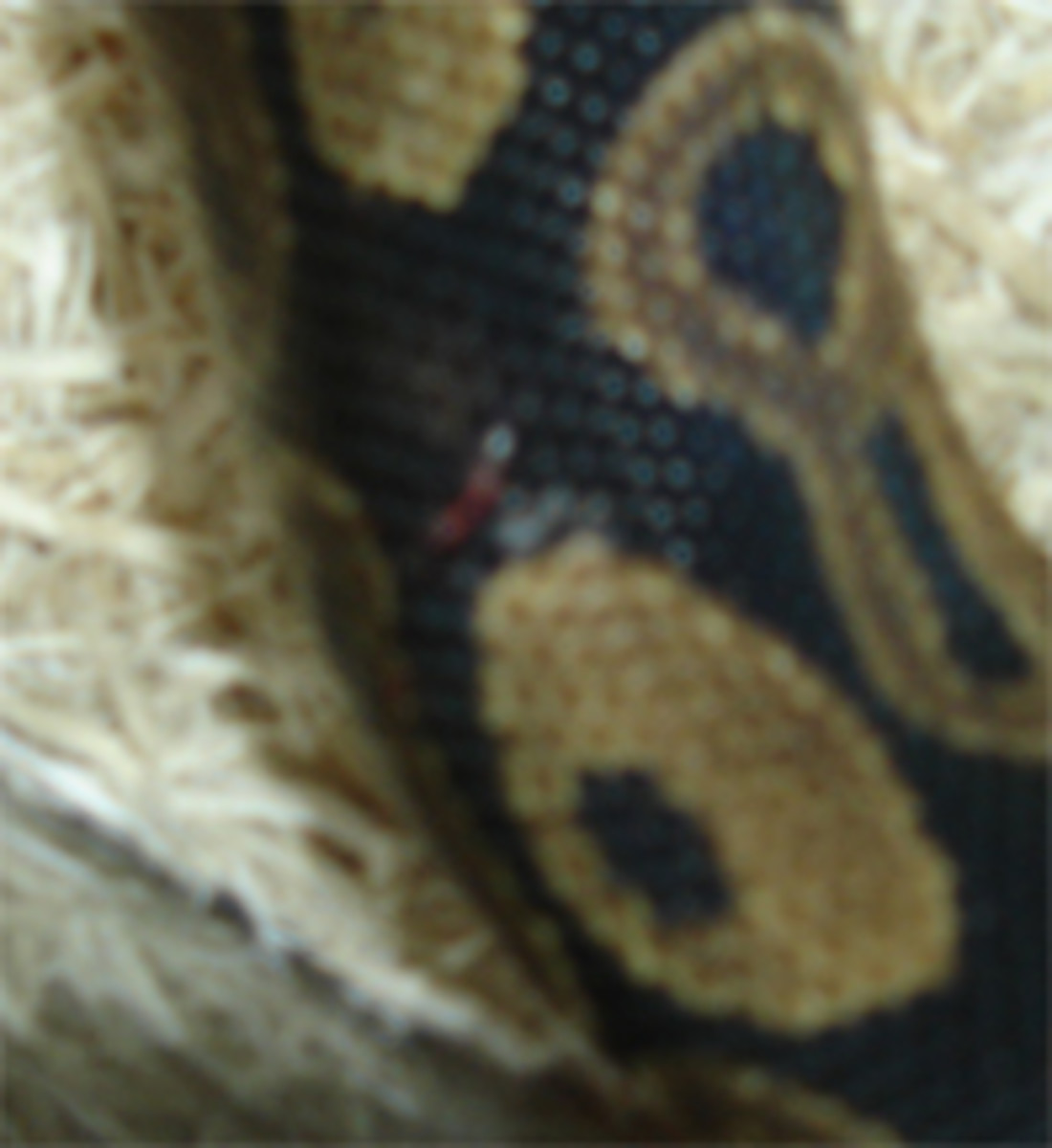How to Clean a Ball Python Cage
Eventually, the cage will become soiled; when this occurs, clean it as soon as possible. Some may believe that it is not necessary to keep the cage scrupulously clean, and while it is true that their natural habitat is not a "sterile" environment, wild ball pythons are also not repeatedly crawling through their own feces. The ball python in captivity cannot choose for itself its own environment. It has only what is provided for it by its owner, and its living quarters need to be kept appropriately clean. That is part of the responsibility you take on as an owner.
If your substrate allows for spot cleaning, spot clean areas as they become soiled. After a couple of months of spot cleaning, it will be necessary to change out the entire substrate. When this is done, thoroughly clean and dry the empty cage. Newspaper or cage liners generally do not allow for spot cleaning. When they become soiled, you must remove and replace the entire piece. Make sure that you thoroughly clean the bottom of the cage before you put in a new piece of paper or liner.
If you choose to use cage carpet, always make sure to have a second piece ready to replace the piece that has become soiled. Having an extra package or two available will ensure that you are prepared when the time comes to clean the cage.
Before beginning to clean the entire cage, it will be necessary to remove your snake. Make sure you have a secure place to put your snake while you are cleaning its cage. A temporary holding place may be a ventilated Tupperware container of appropriate size or even a pillowcase. Remember: A snake left unsecured and unattended for even a minute is a missing snake!
A mild bleach and water solution (about 1 part bleach to 10 parts water) is very effective for disinfecting the cage. This solution can be mixed in advance and kept in a spray bottle. If you choose to use bleach and water in a spray bottle, be sure to clearly label it to prevent it from being used improperly. Snakes accidentally misted down with bleach and water can die.
Remove all substrate and other material from the enclosure and thoroughly spray down the cage. After about 15 minutes, carefully wipe out and rinse the enclosure. Before placing the snake back into its cage, be sure that no damp areas are left in the cage and that all of the cleaning solution has been completely rinsed away. Some disinfectant products are designed specifically for use in herp cages. You can use one of these if you wish, but always be sure to rinse out all the residue.
If the hide box, water dish, or any decorative feature in the cage has fecal matter on it, these soiled items need to be thoroughly cleaned immediately. Soap and warm water can be used to clean cage furnishings. Once again, make sure the object has been thoroughly rinsed and dried before placing ft back inside the cage.
Dirty water is a potential source for disease transmission, so the water dish will also need to be cleaned on a regular basis to prevent the accumulation of mineral deposits and the growth of algae. If you use liners, change them daily; the water dish itself will not need to be cleaned as often, but when the outside of the dish becomes soiled, clean it thoroughly.
- How to Choose the Right Cage for Your Ball Python
Breeders and hobbyists with large ball python collections favor rack systems for housing their snakes. They are the most space-efficient option. When determining what type of cage you would like to use,... - How to Tell If Your Ball Python has Thermal Burns
Thermal burns occur when a ball python comes into contact with a surface that is too hot or when it rests for a long period of time on a very warm surface. Thermal burns can be caused by heat lamps, hot rocks... - Basic Tips for Housing a Ball Python
Selecting the right cage or enclosure for your ball python is an important task, and some thought must go into that choice. You want the right kind of setup for both your needs and your snake's. Many different...

